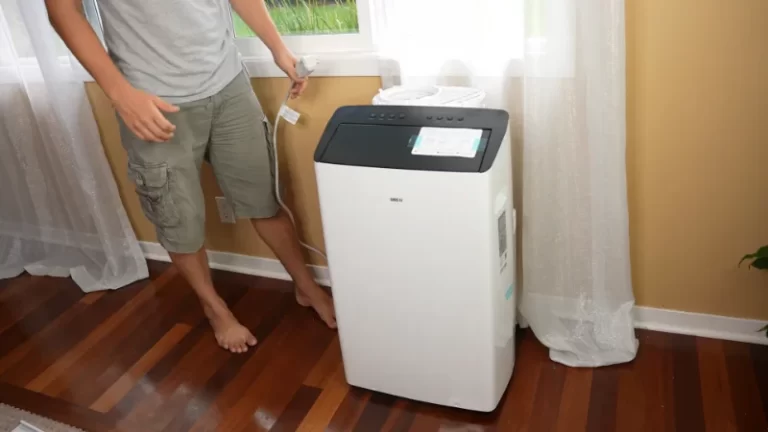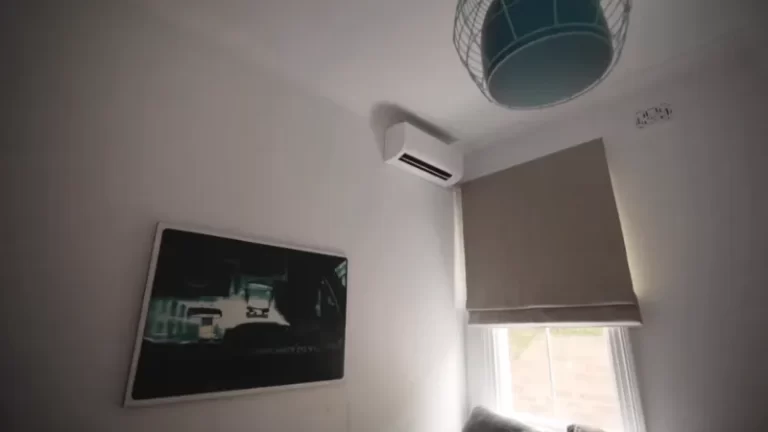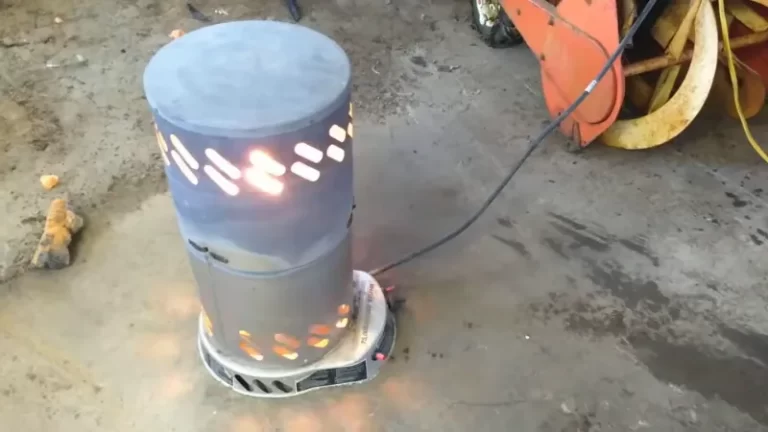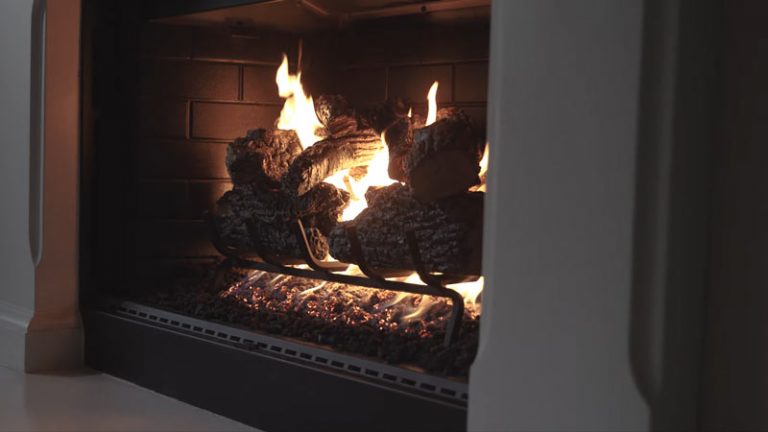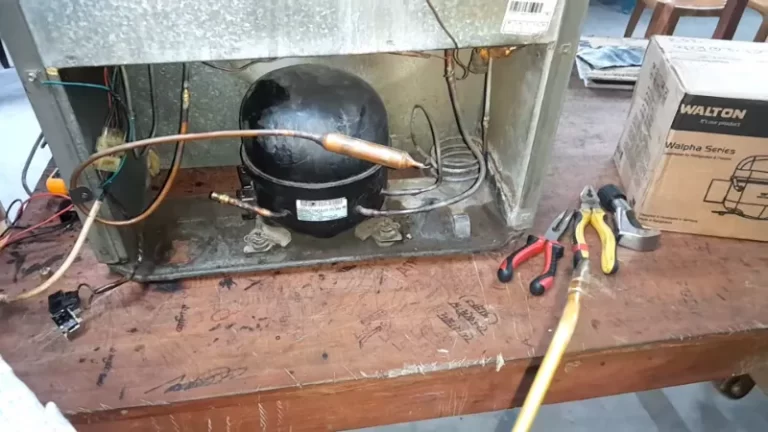Does Your Pilot Light Go Out With the Power? The Answer Isn’t Simple
In the moment the lights flicker and die, a common question flashes through the minds of many homeowners: will my gas appliances still work? The concern is valid, especially when warmth and hot water are on the line. The heart of this question often comes down to a tiny, essential flame: the pilot light. Whether it stays lit during a power outage is the difference between a minor inconvenience and a major problem.
The answer, however, is not a simple yes or no. It depends entirely on the type of ignition system your gas appliance uses. Understanding this distinction is crucial for knowing what to expect and how to stay safe and comfortable when the electricity grid fails.
You'll Learn About
The Core Question: Does a Pilot Light Need Household Electricity?
To understand the impact of a power outage, you must first understand the two primary types of ignition systems in gas appliances. The technology inside your furnace, water heater, or fireplace determines its dependency on your home’s electrical supply. One is a classic, self-sufficient design, while the other relies on modern electronics to function.
Knowing which system you have is the key to predicting how your home will fare. This knowledge moves you from a position of uncertainty to one of preparedness and control.
The Classic Standing Pilot Light: A Self-Sufficient Flame
Many older and some modern, more basic gas appliances use a standing pilot light. This is a small, continuously burning blue flame that you can often see through a small window or access panel on your appliance. Its sole purpose is to ignite the main burner whenever gas is called for by the thermostat or control knob.
Here’s the crucial part: a standing pilot system generates its own electricity. The pilot flame constantly heats a device called a thermocouple (or a larger version called a thermopile). Through a scientific principle known as the thermoelectric effect, the thermocouple converts heat directly into a tiny amount of electrical current (millivolts). This small current is just enough to power the gas valve, holding it open and allowing the pilot to stay lit. Because it creates its own power, a standing pilot light and the appliance it serves are completely independent of your home’s electrical grid. When the power goes out, this flame stays on.
The Modern Electronic Ignition: Efficiency with a Catch
In a push for greater energy efficiency and safety, most modern gas appliances now use electronic ignition systems. These systems do not have a continuously burning flame. Instead, they create a flame only when it’s needed, saving gas and reducing waste. However, this convenience comes at the cost of electrical dependency.
There are two common types of electronic ignition. An intermittent pilot system uses an electric spark to light a small pilot flame each time the appliance turns on. A hot surface ignitor uses a small ceramic element that heats up to a glowing-hot temperature to ignite the main gas burner directly. Both of these systems require a 120-volt electrical supply from your home to create the spark or heat the element. Therefore, if the power goes out, these systems cannot function, and your appliance will not work.
How to Tell Which Ignition System Your Appliance Uses
You don’t need to be an HVAC expert to figure out what kind of system you have. There are a few simple clues you can look for to identify whether your appliance will be a hero or a zero during the next power outage.
Start with a visual inspection. Look for a small access panel or window on your furnace or water heater. If you can see a small, constant blue flame inside, you have a standing pilot light. If you don’t see a flame but hear a distinct “click-click-click” sound followed by a “whoosh” when the appliance kicks on, you likely have an electronic spark ignition. If you hear just the “whoosh,” it’s probably a hot surface ignitor.
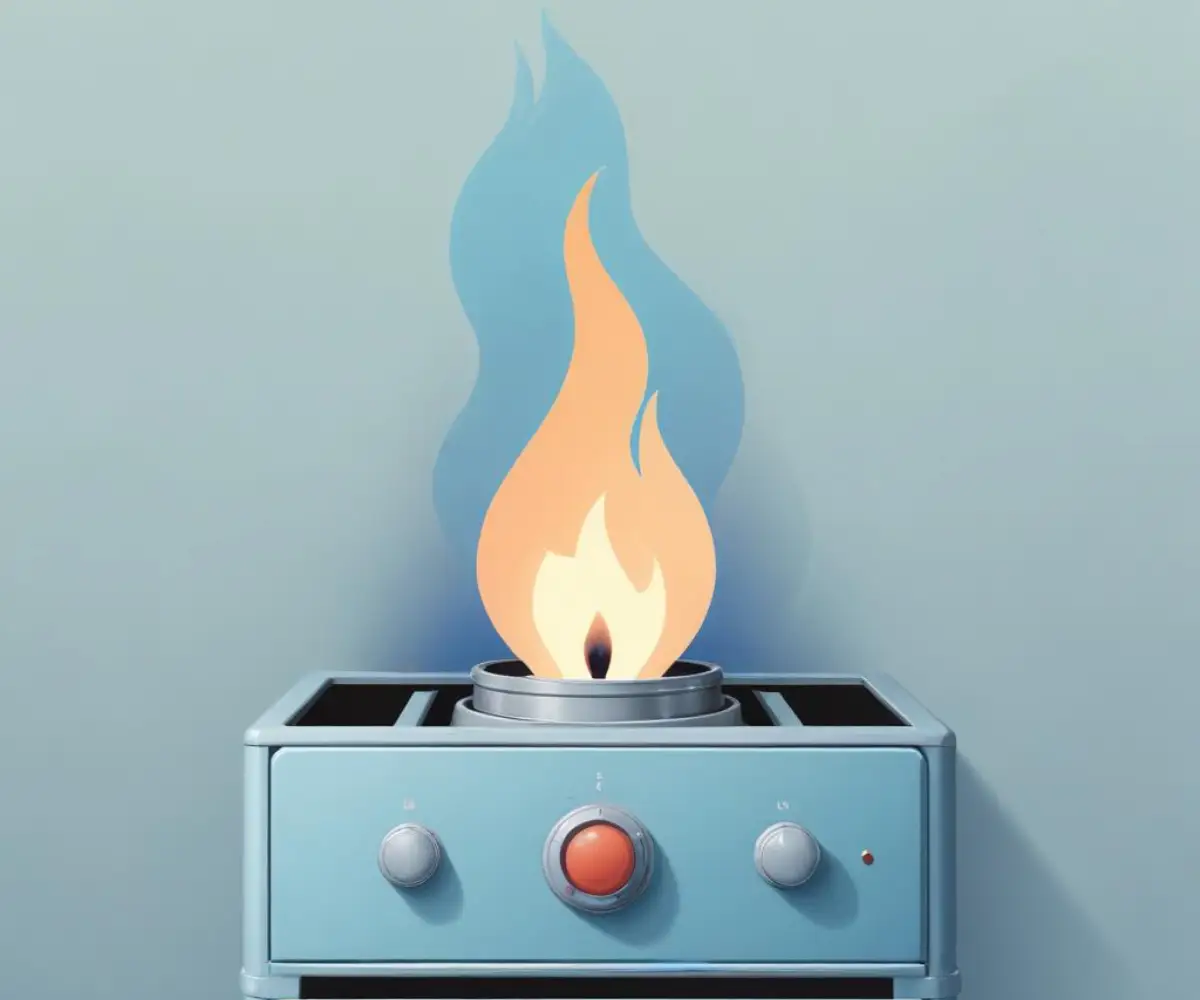
The age of your appliance is also a strong indicator. If it was manufactured in the last 10-15 years, it most likely has an electronic ignition system. Older models are far more likely to have a standing pilot.
Pilot Light Systems: A Head-to-Head Comparison
Understanding the fundamental differences between these two systems can help you appreciate the pros and cons of each. While modern systems are more efficient, traditional standing pilots offer a unique form of reliability that is hard to beat when the grid is down.
The choice between them often comes down to a trade-off between long-term energy savings and operational simplicity during a power failure. This table breaks down the key characteristics of each system.
| Feature | Standing Pilot System | Electronic Ignition System |
|---|---|---|
| Needs Household Power? | No, it generates its own millivolt current. | Yes, requires a standard 120V connection. |
| Works in a Power Outage? | Yes, typically remains fully functional. | No, it cannot operate without electricity. |
| Energy Efficiency | Lower, as it consumes a small amount of gas continuously. | Higher, as it only uses gas when heating is required. |
| Common In | Older furnaces, basic water heaters, some gas fireplaces and cooktops. | Modern high-efficiency furnaces, tankless water heaters, most new appliances. |
| Pros | Extremely reliable, power outage proof. | Saves money on gas, enhanced safety features. |
| Cons | Wastes a small amount of gas, can be blown out. | Completely dependent on electricity. |
Appliance-by-Appliance: What to Expect in an Outage
Different appliances in your home have different probabilities of using one system over another. Knowing what to expect from each can help you prepare accordingly for an extended power outage.
From your central heating to your hot water supply, the impact of a power loss is not uniform across all your gas-powered equipment.
Gas Furnaces and Boilers
This is where the distinction is most critical. An older furnace with a standing pilot may continue to provide heat. However, there’s a major caveat: while the pilot and burners might work, the blower fan that distributes the warm air through your home’s ducts requires electricity. Without the fan, the furnace will likely overheat and shut down as a safety precaution. For boiler systems, the electric water circulator pumps will also fail to operate.
Gas Water Heaters
Your conventional tank-style gas water heater is the most likely appliance to be your best friend in a power outage. A vast majority of them use a standing pilot light and a simple mechanical thermostat. They require no external electricity to operate and will continue to heat water as long as the gas supply is uninterrupted. Modern tankless, on-demand water heaters, however, are highly electronic and will not function without power.
Gas Fireplaces and Inserts
Gas fireplaces are a mixed bag. Many are designed for ambiance and supplemental heat and feature standing pilot lights specifically so they can be used during a power outage. However, many newer models use electronic ignition for convenience and efficiency. Furthermore, even if the fireplace itself can stay lit, any remote controls or built-in fans used to circulate heat will not work without electricity.
Gas Stoves and Cooktops
Most gas cooktops feature standing pilots or simpler battery-powered spark ignitions. For those with electronic spark ignitors that plug into the wall, you can often still use them during a power outage. You will simply need to turn the knob to release gas and manually light the burner with a match or a lighter. Always exercise extreme caution when doing this: light the match first, then slowly turn on the gas to the burner.
What To Do When The Power Returns
Once electricity is restored, your appliances should ideally return to normal operation. Electronic ignition systems will simply be ready to go. However, sometimes the power outage can cause secondary issues, or you may find that a standing pilot light has gone out for an unrelated reason.
If you find an appliance isn’t working after the power is back, a systematic approach is best. Safety should always be your first priority, followed by simple troubleshooting steps before deciding to call a professional.
Step 1: The All-Important Safety Check
Before attempting to relight any pilot or reset any appliance, check for the smell of natural gas (often described as rotten eggs). If you smell gas, do not touch any light switches or electronics. Leave the house immediately and call your gas utility’s emergency number from a safe distance.
If there is no smell of gas, you can proceed with troubleshooting. For some issues, you may need to have your gas service restored by a professional. Learning how to turn gas back on after disconnection is a serious process that requires careful attention to safety protocols.
Step 2: Relighting a Standing Pilot Light
If you’ve confirmed your appliance has a standing pilot and it has gone out, you can usually relight it yourself. Instructions are almost always printed on a label inside the appliance’s access panel. The general process involves turning the gas valve to “PILOT,” pressing and holding a button or knob to start the flow of gas to the pilot, and using a lighter or the appliance’s built-in sparker to ignite the flame. You’ll need to keep the button held down for up to a minute to heat the thermocouple before releasing it.
Step 3: Resetting an Electronic Ignition Appliance
For appliances with electronic ignition that don’t start up after a power surge or outage, a simple reset may be in order. The easiest way to do this is to turn the appliance off at the thermostat, then locate its power switch (often looks like a regular light switch near the unit) or unplug it. Wait a few minutes, then restore power. This can often reset the internal control board and resolve the issue.
Beyond the Outage: Other Reasons Your Pilot Light Fails
Sometimes, a pilot light going out during a power outage is purely coincidental. Several underlying issues can cause a pilot flame to be weak or unstable, making it susceptible to failure at any time.
A strong draft can be enough to extinguish the flame. This could be caused by something as simple as a poorly sealed window or a more complex issue like improper chimney ventilation. If you’ve recently had work done on your home, perhaps learning how to drill a hole from inside to outside for a new cable line, ensure the new opening is properly sealed to prevent drafts.
A dirty or clogged pilot orifice can restrict gas flow, leading to a small, weak flame that is easily extinguished. Similarly, a failing thermocouple can stop sending the signal to the gas valve, causing the pilot to shut off. Regular maintenance by a qualified technician can prevent these issues.
The Final Verdict: Preparedness is Key
So, does a pilot light go out when the power goes out? The answer is a definitive “it depends.” Appliances with standing pilot lights are your resilient allies, often continuing to function without skipping a beat. Those with modern electronic ignitions, while more efficient, will go dark along with your lights.
The most important takeaway is to know your equipment. Take a few minutes to identify the ignition systems on your critical appliances like your furnace and water heater. Understanding their capabilities and limitations is the first step in creating a solid plan for any power outage, ensuring your home remains a safe and comfortable haven, no matter what’s happening outside.

